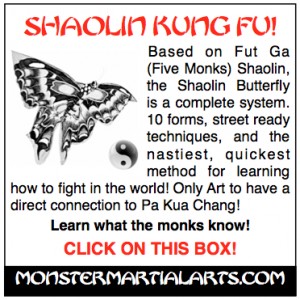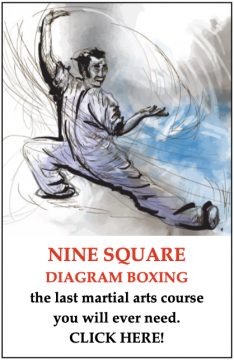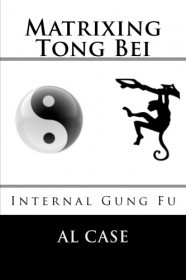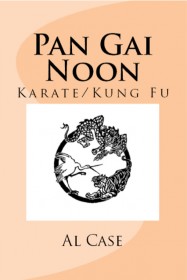A Faster Way to an Old Martial Art!
Shaolin Kung Fu, the popular myth states, takes lifetimes to learn. You have to go spend three days sitting in front of the temple to be accepted for teaching. You have to undergo bizarre training rituals that will enable you to do handstands on one finger, rip the bark off of trees, break tones of concrete with your head, and…and that’s not the truth.
Those are myths spread by people who want to impress people; by TV programming like the Kung Fu series starring David Carradine.
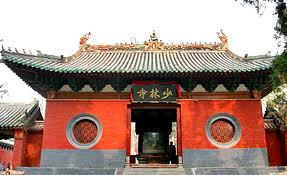
You don’t have to go to the Shaolin Temple to learn Kung Fu…you can learn this ancient martial art online!
The truth is actually quite a it more simple, yet even more powerful.
The first Shaolin Kung Fu book to hit the shores was ‘Secrets of Shaolin Temple Boxing’ by Robert W. Smith.
In that book Mr. Smith stated that Bodhidharma brought Kung Fu to the Shaolin Temple. Actually, he brought a system of calisthenics to help the dilapidated monks get strong enough to listen to his lectures without falling asleep.
The monks used this method to get stronger, and ended up defending themselves against bandits, and changed the simple calisthenic into a self defense system.
The monks realized five principles of combat (animal fighting modes), eventually expanding the five principles into 72 techniques.
So Shaolin Kung Fu shouldn’t take a lifetime to learn. It should be able to be learned within a few months.
The original Shaolin monks learned it within months; why can’t you?
The reason is that for over 2,000 years well meaning people have been adding things to the once simple system. These things have confused Shaolin Kung Fu, mushed concepts all together, put techniques out of order, and even slanted it for tournaments or other personal interest.
In Shaolin Kung Fu the five animal fighting modes have been redefined. The original five animals were the tiger, snake, crane, leopard, and dragon.
But the tiger and the leopard are similar; why should you learn two animals that ae pretty much the same?
In the system called the Shaolin Butterfly the five animals are the tiger, snake, crane, dragon, and Monkey.
Actually, the monkey has been held to be one of the original five animals by many schools of thought.
So, we have a revised and better definition of the five animal fighting modes.
Now, each of the five animals has a specific attribute; one gives strength, one gives balance, and so on.
The problem is that these attributes are mere descriptions, tactics, at best, and not real martial arts techniques.
However, if you assign a stance to each animal, you suddenly come up with the five original concepts of the Shaolin Kung Fu monks.
The tiger is aggressive, and he uses the front stance for charging.
The crane is delicate and balanced, and he uses the one legged, crane stance to achieve this.
The Dragon twines and writhes, and he uses a cross kneeling type of stance.
The snake is flexible clinging, and he uses such stances as the one legged squatting stance.
The monkey is agile, and he uses the back stance to build this agility.
Now, these are still mere approximations of techniques. But one can see how the five stances could be used to begin the animal emulation process. But, how does one expand upon these stances/characteristics into a simple list of techniques?
Well, there is only so much that can be put into an article.
But, if you really want to learn this stuff, and I mean in months instead of lifetimes ~ if you want to figure this stuff out and be able to use it in real life ~ then you’ll find another great article on Shaolin Instruction at Monster Martial arts. Or, you can take a look at the Shaolin Kung Fu Butterfly course itself.
